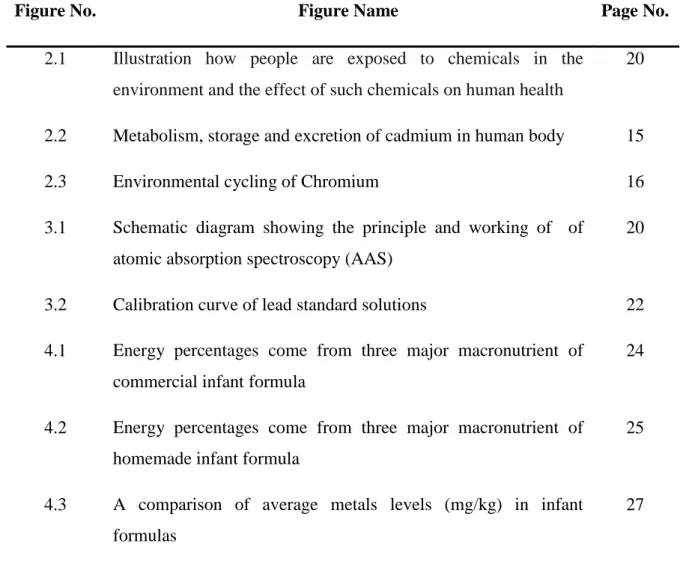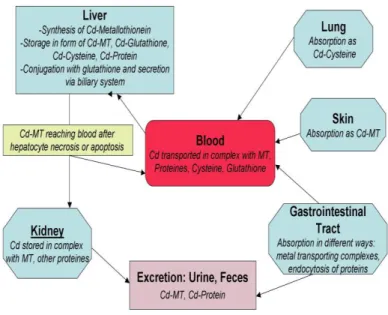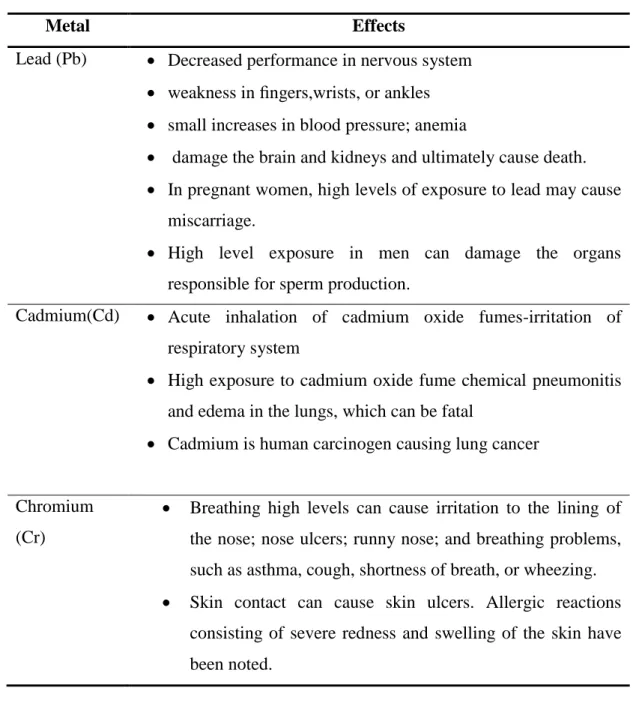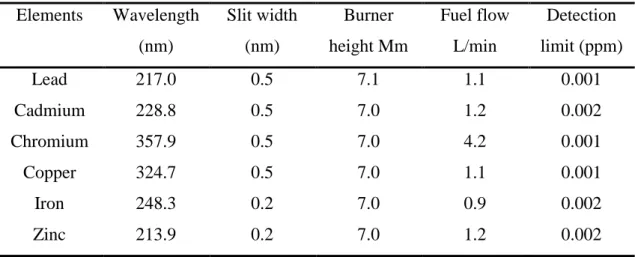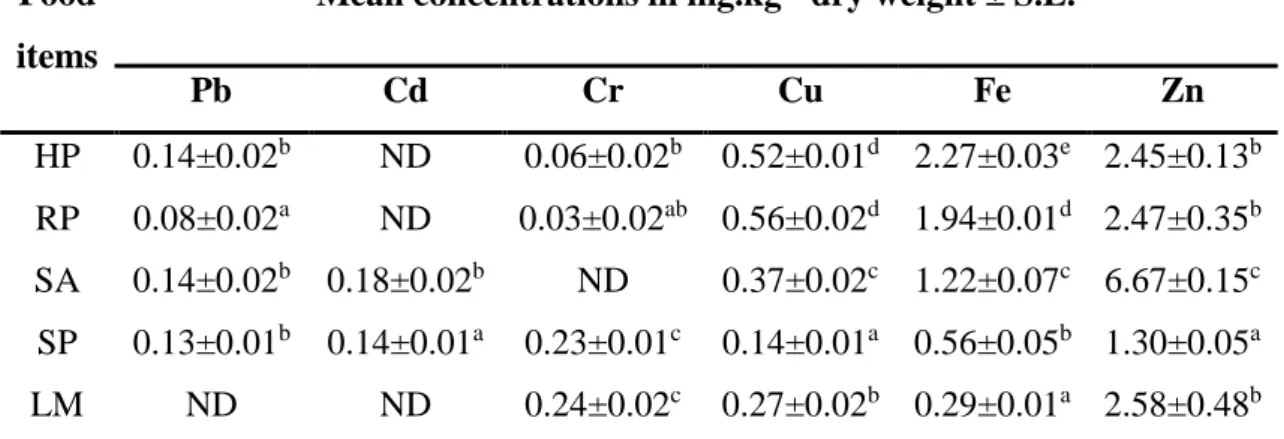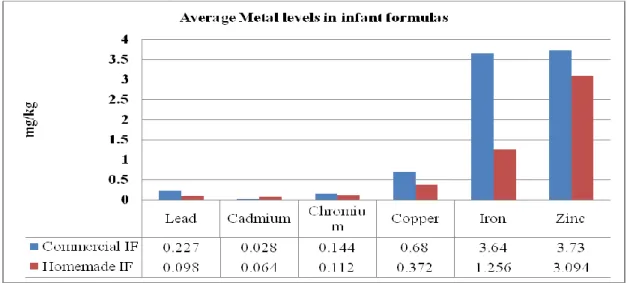Infant formula is a synthetic version of human milk and belongs to a class of materials known as dairy substitutes. The present study was conducted to evaluate proximal composition, heavy and trace elements in five commercial infant formulas collected from Chattogram and in five homemade infant formulas. However, the average protein content of commercial infant formula (CIF) (15.43%) was significantly higher than that of homemade infant formula (HIF) (6.21%) and is also well below the recommended level for protein in infant formula (12-20% ).
The actual lead (Pb) content of all samples except RP (0.08 mg/kg) was higher than the maximum permissible limit of 0.08 mg/kg. Another heavy metal Cadmium (Cd) average value was 0.03 mg/kg in CIF and within the permissible limits 0.05 mg/kg, where HIF contained a higher amount of Cd 0.06 mg/kg. Furthermore, the average concentration of chromium (Cr) in commercial infant formula sample was at higher concentration (0.144 mg/kg) than in homemade infant formula at 0.112 mg/kg, where both are within the permissible limits of 0.10-1.0 mg/ kg.
The concentrations of copper (Cu) found in this study were below the maximum permitted limits (1.5–2.5 mg/kg) and no health hazard is expected from copper in the consumption of these brands of baby food.
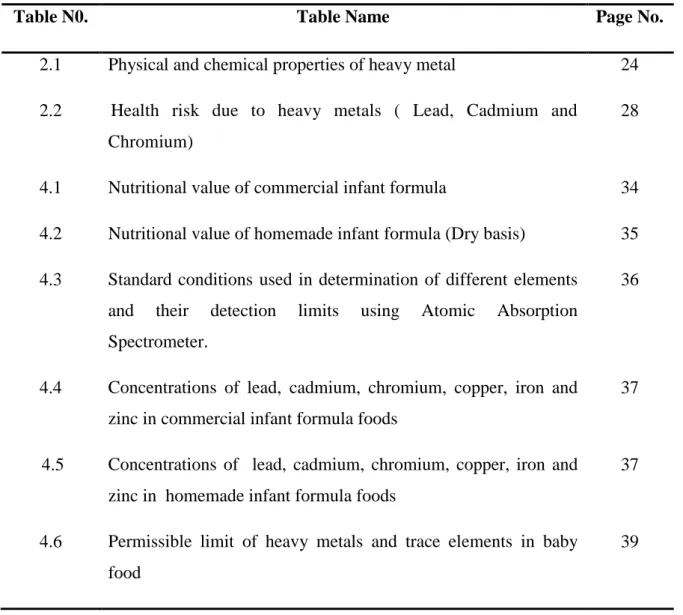
Introduction
- Baby formula food
- Types of baby formula food
- Homemade baby formula foo
- Commercial baby food or formulated food
- Nutritional Quality of Commercial Baby Food
- Contamination of commercial baby foods
- Lead
- Cadmium
- Chromium
- Copper
- Iron
- Zinc
- Objectives
One of the health problems associated with introducing solid foods before six months is iron deficiency. Early introduction of complementary foods can satisfy the infant's hunger, resulting in less frequent breastfeeding and ultimately less milk production in the mother. When mother's milk is no longer sufficient to meet the baby's nutritional needs, complementary foods must be added to the baby's diet.
It should be adequate, meaning that complementary foods should be given in quantity, frequency and consistency and using a variety of foods to cover the nutritional needs of the growing child while breastfeeding. And they must be given in an appropriate way, which means that the foods are of an appropriate structure for the child's age and apply responsible nutrition following the principles of psycho-social care. Chromium (Cr) is one of the world's most strategic and critical materials that has a wide range of uses in the metal and chemical industries.
Ingestion accounts for most of the toxic effects of iron because iron is rapidly absorbed in the gastrointestinal tract.
Review of literature
- Study area and study period
- Apparatus
- Chemicals and reagents
- Sample collection
- Sample digestion and Analysis
- Standard preparation
- Method validation procedures
- Statistical analysis
The introduction of supplementation in the form of weaning formulas prepared with readily available and inexpensive ingredients is vital to meet the needs of growing children (Saeeda et al., 2009). Infant milk is the only product considered nutritionally acceptable for infants under one year of age (Gian et al., 2009). Metal pollution due to increasing industrialization has permeated all sectors of the food industry and as such is a source of fear for IFM (Gian et al., 2009).
In 2008, melamine contamination of IFM in China resulted in death and illness of several infants (Nakashima et al., 2009). In addition, the undeveloped blood-brain barrier allows elements harmful to baby's health (mainly lead and mercury compounds) to accumulate in the brain, causing dysfunction of the central nervous system. Heavy metals are found naturally in the earth and are concentrated as a result of human activities.
Metals occur naturally in our environment, but rarely at toxic levels especially in the earth's crust where they contribute to the balance of the planet. Lead poisoning in adults occurs more frequently during workplace exposure and primarily involves the central nervous system. These health effects due to cadmium exposure in the environment lead to the occurrence of diabetes, hypercholesterolemia and hypertriglyceridemia were not associated with cadmium exposure (Swaddiwudhipong et al., 2015).
Chelation is the conventional recommendation in the case of blood levels associated with acute toxicity and encephalopathic damage. High exposure to cadmium oxide fume chemical pneumonitis and pulmonary edema, which can be fatal. Zinc is one of the most important trace elements in the body, with three main biological roles, as a catalyst, structural and regulatory ion.
In these diseases, oxidative stress and chronic inflammation may play important causative roles (Chasapis et al., 2012). Zinc deficiency caused by malnutrition and foods with low bioavailability, aging, certain diseases or deregulated homeostasis is a much more common risk to human health than intoxication (Plum et al., 2014). The amount of (Pb, Cd and Cr) heavy metals and trace heavy metals (Cu, Fe and Zn) were measured by Atomic Absorption Spectrophotometer (AAS) Model: ZEE nit 700P, Germany (Shahriar et al., 2014).
All samples were digested in duplicate following the procedures described in the literature (Cruz et al., 2009).
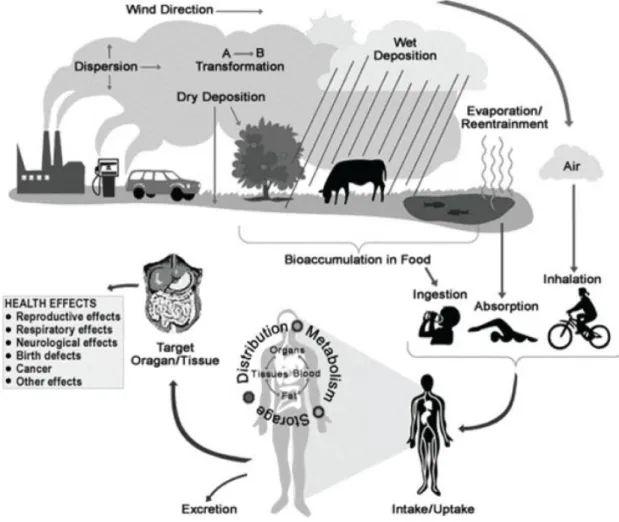
Results
- Proximate composition of commercial infant formula(CIF)
- Proximate composition of homemade infant formula (HIF)
- Instrumental conditions of Atomic Absorption Spectrometer
- Concentrations of heavy metals and trace elements in Commercial infant
- Concentrations of heavy metals and trace elements in homemade infant formula
- Comparison of heavy metals and trace elements in infant formula foods
- Permissible limit of heavy metals and trace elements in baby food
On the other hand, five homemade baby formulas were prepared at applied food science and nutrition laboratory, CVASU where all samples were ready to eat and the closest analysis such as carbohydrates, protein, fat; ash, fiber and energy were estimated at BCSIR, Chattogram. Means within a column (for each variable) marked with different superscripts are significantly different (P<0.05); CHO = Carbohydrate. The percentages of energy come from carbohydrates; protein and fat of the average mean value of homemade infant formula are 87%, 8% and 5% respectively in figure 4.2.
Detection limits for each metal were calculated as twice the standard deviation of a series of measurements of a solution whose concentration is clearly above but close to the blank absorbance measurement (US-EPA, 1983). The concentrations of the three heavy metals Pb, Cd and Cr as well as the three trace elements Cu, Fe and Zn in five commercial infant formulas from the Chattogram super market analyzed on a dry weight basis are shown in Table 4.4. Means within a column (for each variable) marked with different superscript letters are significantly different at (p<0.05); ND- Not detected; (One-way ANOVA, α =0.05 Tukey Test).
However, homemade infant formula contains smaller amounts of heavy metals, but contains larger amounts of trace elements, and the concentration of metals is shown in Table 4.4. Heavy metals are naturally present in the environment in varying amounts depending on the soil composition of the area. Crop and animal uptake of heavy metals from the environment varies with species, and local environmental levels also play a role in the resulting heavy metal content of raw agricultural commodities.
Legislative limits are set for maximum permitted levels of heavy metals in many foods.
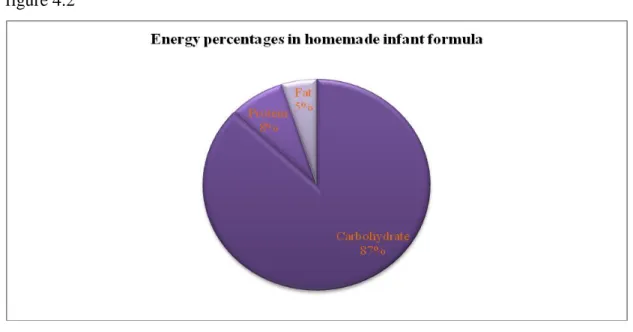
Discussion
The average crude fiber content of different commercial brands of baby food was 2.57%. Differences in metal concentrations in different types of baby food are significant (p<05). The actual content of lead in all samples except RP was higher than the Maximum Permitted Limit; 0.08 mg/kg (Vitosevic, 2007).
Cadmium concentrations in this study were higher than levels reported in the literature (Olu-Owolabi et al. 2007). The mean Cr concentration in the commercial infant formula sample was higher (0.144 mg/kg) than in the home formula at 0.112 mg/kg. This study exceeds chromium levels ranging from 0.002 to 0.069 mg/kg have been reported in baby food in Turkey (Saracoglu et al. 2006). Cr levels in all samples are within the permissible limits of 0.10-1.0 mg/kg (CAC ., 2003) Copper concentrations in this study varied considerably among the different types of infant foods analyzed.
The average concentrations of copper in these baby foods ranged from 0.14 mg/kg to 0.86 mg/kg. Apart from these brands, other types of infant formula have shown significant differences in copper content within a particular brand. The concentrations of copper found in this study were below the maximum permitted limits and no health hazard is expected from copper in the consumption of these brands of baby food.
Another study reported that concentrations of copper in baby food in India ranged from 1.2-3.2 mg/kg (Tripathi et al. The present study showed that iron content varied from 0.29 mg/kg in LM homemade formula up to 6.03 mg/kg in LA commercial formulas. Codex Alimentarius sets minimum iron content in infant formulas of 0.45 mg/100 kcal (about 2.9 mg/L) (WHO/FAO-CAC, 1981). The average iron content in commercial baby formulas were higher iron 3.64 mg/kg on the other hand average iron content of homemade formulas was 1.26 mg/kg which is lower than standard level.
The concentration of Zn in breast milk is approximately 2 mg/kg and decreases over time with lactation, reaching 20% of the initial concentration after 3 months (Molska et al., 2014). This study showed that zinc content ranged from 1.30 to 6.67 mg/kg in SP and SA formulas, respectively, with significant differences in content between samples collected from commercial and homemade formulas (P ≤ 0.05.
Conclusion
Flame atomic absorption spectrophotometric determination of heavy metals in selected infant formula in the Nigerian market. Analysis of toxic heavy metals (arsenic, lead and mercury) in selected infant formula commercially available in the Philippines by AAS. Scientific opinion on cadmium in food - EFSA Panel on Contaminants in the Food Chain (CONTAM).
Analysis of Toxic Heavy Metals in Selected Infant Formulas Commercially Available in the Philippines by AAS. 2013. Analysis of heavy metals and prussic acid in selected infant formulas in Abuja, Federal Capital Territory of Nigeria. Determination of key elements by ICP-OES in commercially available infant formula and baby food in Saudi Arabia.
Risk of infant anemia is associated with exclusive breastfeeding and maternal anemia in a Mexican cohort. Lifestyle determined gender and hierarchical differences in the lead contamination of bones from an Edo period feudal city. Proximate and elemental composition and their estimated daily intake in infant formulas from The Canadian Journal of Clinical Nutrition, Volume 4, Issue 1, ISSN Print Edition), ISSN Online Edition).
